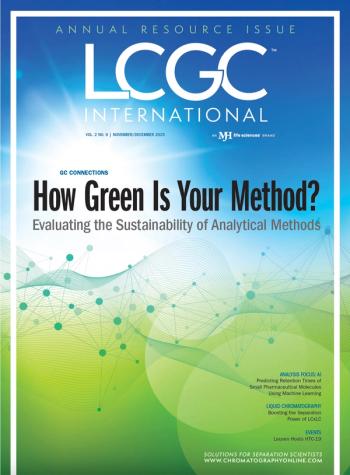
- The Column-03-07-2012
- Volume 8
- Issue 4
Toxic mushrooms
A team of scientists has solved a series of mysterious deaths in southwestern China?s Yunnan province
A team of scientists has solved a series of mysterious deaths in southwestern China’s Yunnan province.1
Over a period of 30 years more than 260 people have died from Sudden Unexplained Death (SUD) in the area, baffling the local residents and scientists. The team concluded that an obscure strain of mushroom, named Trogia venenata, was the culprit.
Two toxic amino acids, 2R-amino-4S‑hydroxy-5-hexynoic acid and 2R-amino‑5-hexynoic acid were isolated from the fruiting bodies of the mushroom and were found to be deadly in studies performed with mice. The team also used liquid chromatography–mass spectrometry to examine blood taken from a victim and they found that it shared similar fragment ions with one of the amino acids. Toxicology reports suggested that it was these compounds that were the cause of SUD in Yunnan province.
1 J.-K. Liu et al., Angewandte Chemie International Edition, doi: 10.1002/anie.201106502 (2012).
Articles in this issue
almost 14 years ago
Environmentally friendly eggsalmost 14 years ago
Fast diseasealmost 14 years ago
Miniaturized GCalmost 14 years ago
The Separations Market in Indiaalmost 14 years ago
Unfit for Purpose...almost 14 years ago
Astaxanthin from Shrimp By-products for Active Packaging SystemsNewsletter
Join the global community of analytical scientists who trust LCGC for insights on the latest techniques, trends, and expert solutions in chromatography.



